
As a Life Change Catalyst ™ Coach for the last 22 years, I’ve worked with moms and dads, children, teenagers, married couples, singles, abused women and men, handicapped, gay, straight, bi-sexual, and just about every other “type” of person out there.
But the ones that get to me the most are the mistreated children and the adults who were mistreated as children.
In no way is this an article on the “horrible bad people who beat on kids”.
This article is about what I see happening in our societies today as we continue with the needed isolation during this pandemic.
Most people are trying their best to comply while learning how to deal with lives that are nothing like we’ve seen before.
We are scared and worried. We read or know of people dying daily. We are stressed about our health, our livelihoods, our children, family members and friends. We are anxious and we’re tired. We’re so tired of living like this and yet we don’t know when it will stop.

This kind of juggling and adapting to the craziness of this whole thing is a huge stressor. And when people get stressed, they often act in ways they normally wouldn’t.
I’m daily seeing and hearing the fallout of this stress in the response of parents to one another and to their children. Adults are on edge and overwhelmed and their ability to respond calmly to children’s need and demands is getting stretched pretty thin. And kids are, at least unconsciously, aware of their parents anxiety which in turn fuels their fears and anxiety.
And…..because we love our kids, in our hearts we want to be the “perfect parent”. But there are no “perfect parents”.
And we can help ourselves.
While raising my daughter, I had an epiphany during a fight with her. It was the typical fight of going over and over the same things and getting nowhere. And I was getting angry and stressed about it. Suddenly, out of the blue, the thought came into mind—what result did I want of this fight? It was like someone splashed cold water in my face. And I realized that all I really wanted was to love my daughter, keep her safe and help her.
Immediately, I calmed down. I felt like my fairy godmother had tapped me with her wand and completely changed my energy. No longer angry, my stress faded away and I calmly told her to just stop for a minute. At first, she thought I was being argumentative but realized how calm I was, and she calmed down.
From there we were able to resolve the issue with no anger or stress.
I know this situation we’re in is causing you to be stressed, upset, angry and a myriad of other negative emotions. And I know that you love your children and want the best for them. How you handle this event is teaching them how to handle things in their lives.

What if the next time you start to get mad, at the end of you rope or just tired of it all, you reminded yourself of what you want the end result to be. It takes some willpower to “be that adult” but I know that anyone who is willing can do it. Focusing on the end result is more important than trying to win a fight. As parents, our job is not to win fights but to teach our children how to handle life’s ups and down.
Take a deep breath……think of the outcome you want…..and relax. You can do this!
For more information on how to handle things in your life go to: https://www.debrafentress.com/Articles.html
If you’d like to talk, you can call me at (818) 422-2474 or email at: Debra@DebraFentress.com








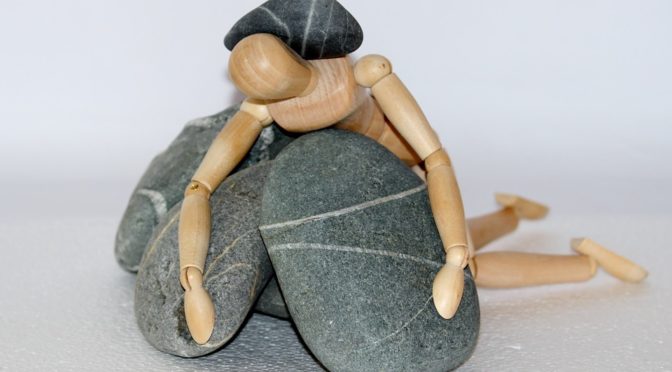



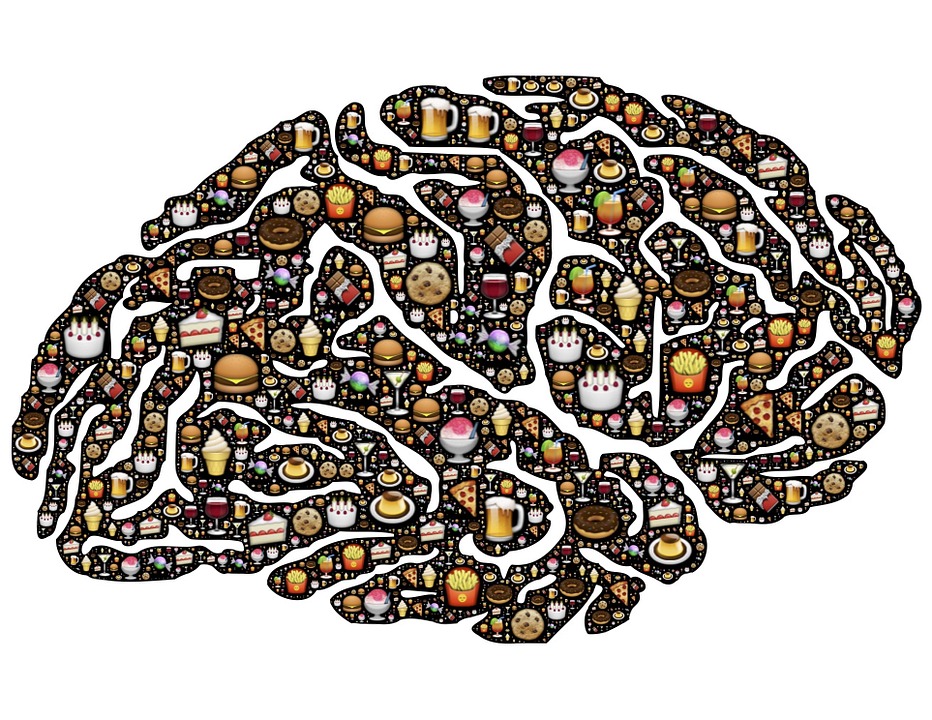




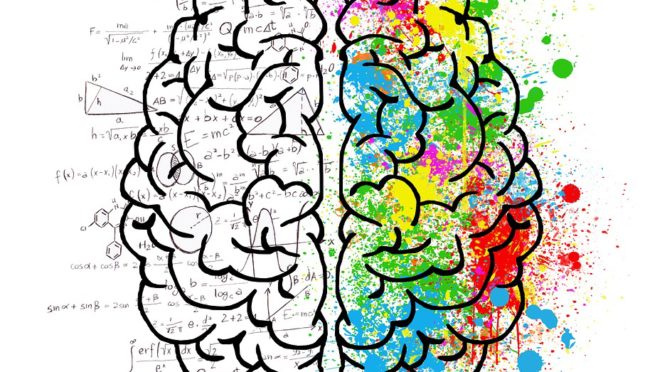

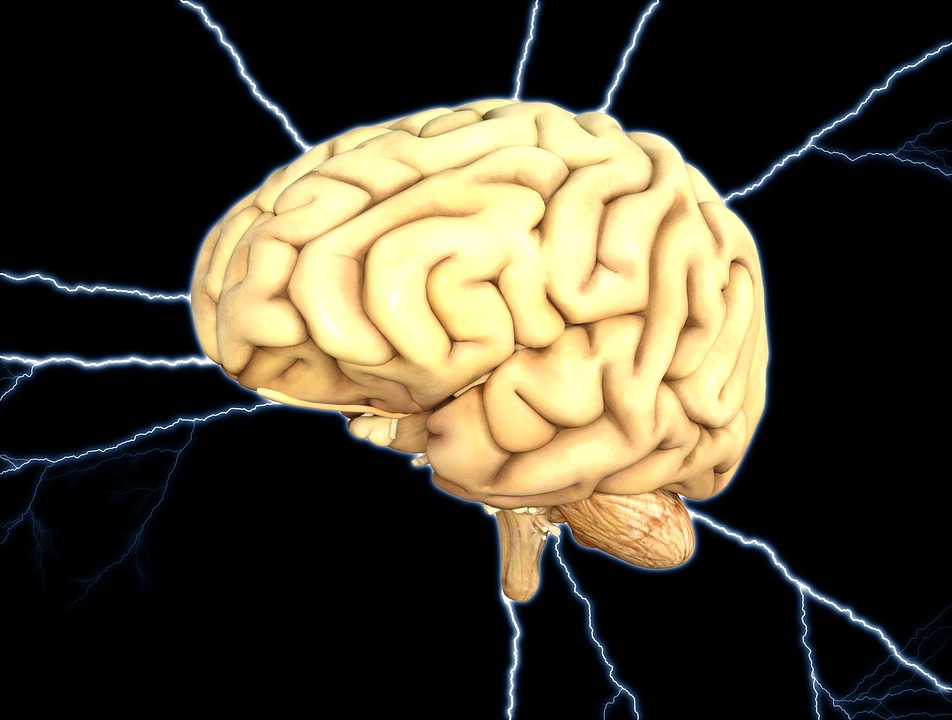








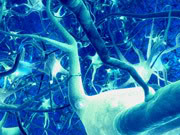


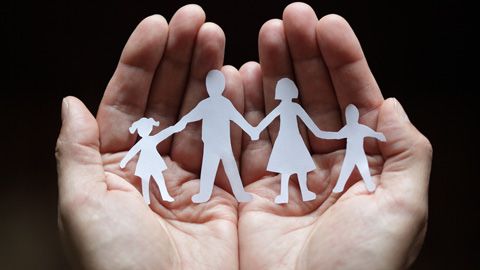 There’s an old saying that you can pick your friends but not your family. This seems particularly true around the holidays.
There’s an old saying that you can pick your friends but not your family. This seems particularly true around the holidays. The Know it All
The Know it All One thing to remember is that it’s temporary. And hopefully, at least on some level, you do love these people. And most importantly……you teach people how to treat you.
One thing to remember is that it’s temporary. And hopefully, at least on some level, you do love these people. And most importantly……you teach people how to treat you.


